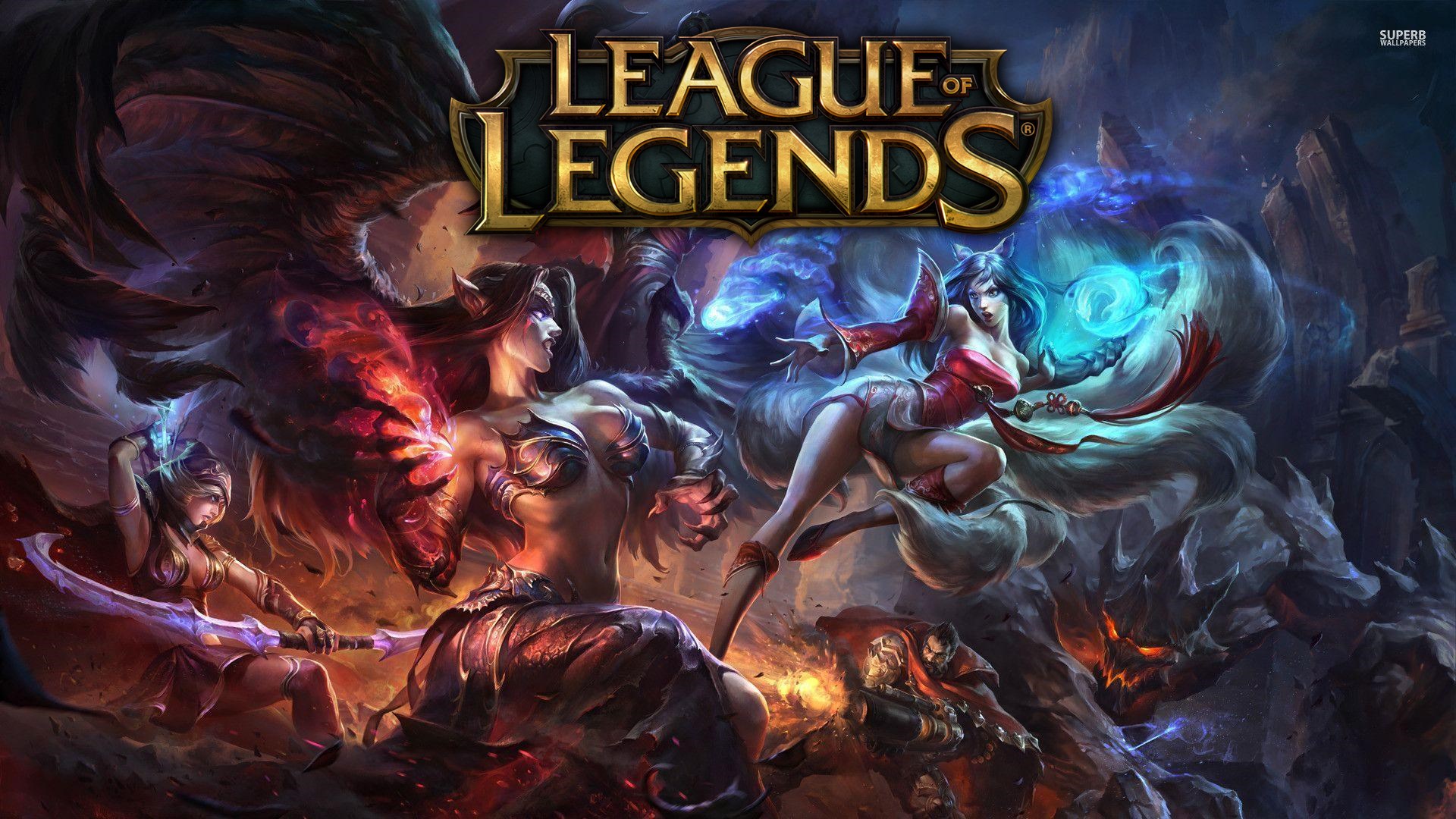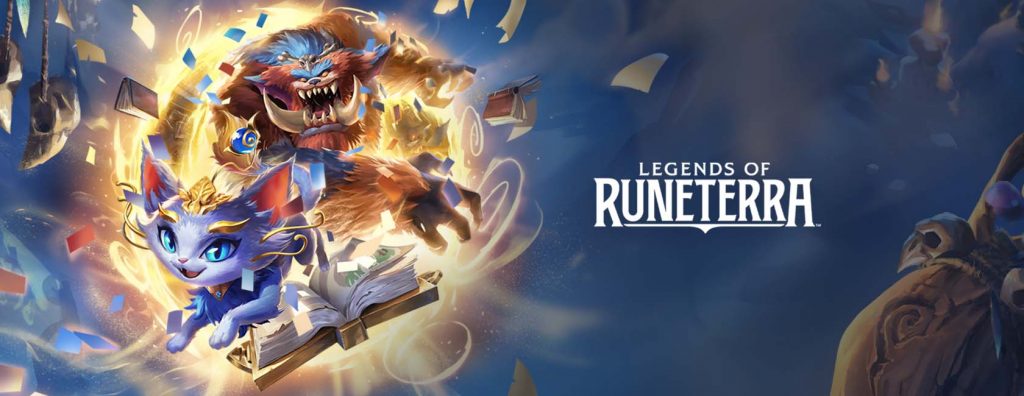League of Legends: Elo boosting and what you should know

Last Updated on: 16th August 2022, 03:08 am
In the realms of online gaming, MMR (Match Making Rating) boosting or, in a more competitive sense, Elo boosting is the act of allowing an experienced player (the booster) to use another player’s account (the payer) to increase their rank in games. Mind you; this is not the only way how boosting happens. Others include a more experienced player creating a smurf account to “carry” a lower-ranked player in ranked game matches. There is also coaching and many other forms of boosting.
The term “Elo” was coined by a Hungarian-American physics professor named Arpad Emmerich Elo. He created the Elo rating system for two-player games, an example of which is chess. The Elo rating system is a method for calculating the relative skill levels of players in zero-sum games. Its goal is to put a definite line separating a noob from a pro-player (and everyone else in between).
This is a practice that has evolved with time. Not many players know, but this is much bigger than it seems.

The history and types of Elo boosting
If you dig deep into the history of boosting, you might not have been born when it all started. Back in 1979, a multiplayer game called AVATAR was launched. It was a dungeon-crawling game that allowed 40 players at a time to play the game. However, there were minimal resources for each player. During that time, only a number of computers met the game’s requirements. Ironically, computers from universities had the capacity to run them, and it was massive to college students back then.
The game punished players for dying or losing the game. This brought the idea of trading gold (in-game currency) to actual money or even purchasing a high-level character, so you don’t have to start from scratch. This evolved to RMT (real money trading), which generated financial traction, especially back in 2004 when players were introduced to the World of Warcraft.
With trending games changing, gold farming in exchange for real money shifted to “power leveling.” This uses the same concept of allowing the more experienced players to use your account, but only to increase the character’s level.
The rise of Elo boosting can be traced back to the global increase in the demand for MOBA (Multiplayer Online Battle Arena) games that we have now, such as League of Legends, DoTA2, and Mobile Legends: Bang Bang. In 2010, we saw an increase in MOBA games; from here, “boosting” was born.
READ MORE: LEAGUE OF LEGENDS: PRESEASON 2023 JUNGLE CHANGES – WHAT TO EXPECT
There are many forms of boosting. However, these are the most classic ways of boosting:
Elo Boosting – as mentioned earlier, this is when less experienced players put the fate of their account to a more seasoned player. The original owner puts their entire faith in the booster that they can rank up their account more efficiently than doing it on their own. Many factors are included when ranking up, such as win rate, MMR, and winning streak.
Babysitting Method – when the original owner still gets to use their account and is assisted by a more experienced player by teaming up with them on game queues and assisting them during the matches to have a better chance of winning ranked matches. To prevent this, some games will prevent lower-ranked players from teaming up with higher-ranked accounts. A workaround is creating a “smurf” account. This is also called a dummy account and is used by experienced players so they can be of a similar rank to the person they are assisting.
Remember when someone told you that “you can’t earn money playing games” give those people an idea of what boosting can do for you. Aside from being a pro player, this is a very lucrative business players are getting their hands into.

Why, how and where to get boosting services
Rewards and recognition are people’s main motivations as to why they opt to get boosting services. In some games, exclusive skins and other cosmetics and rewards can only be obtained by getting to a certain rank. It does not help that those skins are often offered only for a limited time, only available in certain seasons. The image of using that skin early in the season is a bragging right, showing off how you can easily rank up despite the game’s difficulty. Other reasons are the lack of time of the player, being busy at work, while others are just too lazy to play lower ranked matches.
The steps are actually pretty simple if you want to get boosting services. All you need is a good amount of faith that the person boosting you will not compromise your account and a friend known for being an animal in the game you want to get boosted. If you do not have confident friends who can boost you to a higher rank, make sure to prepare your bank accounts.
Websites such as elo-boost.net, boostroyal.com, and boostingfactory.com are some prominent names for boosting accounts. If you are wondering how much it would cost in League of Legends, the payment varies per rank, from iron to master, and is also different per site (we checked, so you won’t have to). For example, from gold to platinum (which is where most players would often find challenging), it’s $180 with an additional $30 per rank. This is from the actual website of boostroyal.
Each site also confirms that they are aware that prospective clients may have further questions, so some of them even have built-in calculators for your convenience. Others offer promotions, like elo- boost which has a 25% discount on all boosting services.
READ MORE: LEAGUE OF LEGENDS 12.15 PATCH: NEW SKINS FOR MONSTER TAMERS
What to know before getting boosting services
You will have your reasons for opting to get the boosting services. We will not judge. However, we strongly suggest you keep the following in mind before making that payment.
Know the parameters of the boost: It is important that you know your current rank and the goal you would like the booster to get you. This will give you and the booster an idea of how much you should pay for the entire transaction. This will also allow you to check other options that suit your budget.
Check reviews OUTSIDE their website: Some online review websites like Trustpilot and Reviews.io can be a great source of information regarding the actual experiences of users of that service. Although some boosting sites have those reviews on their own websites, there is a good chance they only posted positive reviews. Going directly to the website allows you to see both sides.
Compare prices and competitiveness: Most websites post their rates, and some even have promotions. They will also likely brag about their win rate and efficiency in boosting your account. You are paying for both the booster’s talent at the game and their ability to shorten the time for you to get to a higher rank. It won’t make sense if you can only start using your account again at the end of the season.
Get an idea of their terms for a refund: Boosting is not a 100% satisfaction guaranteed type of service. Do they refund in full if you change your mind before they even start? What if you decide to back out mid-transaction?
Factors like MMR and time are some of the biggest reasons you might want to consider a refund. For example, a player who continues a winning streak will have a higher chance of getting into a more challenging MMR. Thus, getting matched to more difficult opponents. Also, consider when you are purchasing the service; if the season is ending, maybe wait until the end instead.

What does League of Legends have to say about Elo Boosting
Here is what the Terms of Services of League of Legends say about sharing accounts:
“1.5. Can I share or sell my account or login credentials? (No.)
When you create an account with us, we require you to select a unique username and password (collectively, your “Login Credentials”). You agree that:
You can’t share your account or Login Credentials with anyone.
You can’t sell, transfer or allow any other person to access your account or Login Credentials, or offer to do so.
You must keep your Login Credentials secret.”
– Riot Games
So, if proven, Riot Games has the right to terminate or ban your account. The biggest challenge is proving that someone else is using your account.
If you consider Elo boosting as a form of cheating, this is what Riot has to say:
“9.1. Does Riot monitor me while using the Riot Services? (Yes. Please read the Privacy Notice to learn more.)
We may actively monitor the use of the Riot Services (but have no obligation to do so), both on our own servers and on your computer or device, for a wide variety of different purposes, including preventing cheating and hacking, reducing toxic player behavior, and improving the Riot Services. Please be sure to read our Privacy Notice for important details about how we obtain and process info in connection with your use of the Riot Services.”
However, it appears that Riot Games is more inclined to get hold of the boosters than just the account being boosted.
READ MORE: LEAGUE OF LEGENDS: UDYR REWORK: AESTHETICS, MOVE SET, AND WHAT TO EXPECT
The untold truth in boosting
The online community is not keen on sympathetic to people who use boosting services. This is the reason why transactions are often anonymous, even on the side of the player boosting the account. The booster can have his/her main account banned or terminated if proven to be taking part in this transaction. Meanwhile, if you are proven to have used boosting services (you start playing less competitively than your current rank) expect a barrage of distasteful words from your teammates. Some may even throw away the game or report your account. People can go as far as treating you like a leper, feeding off someone else’s talent, and being disillusioned with a rank you do not deserve.


